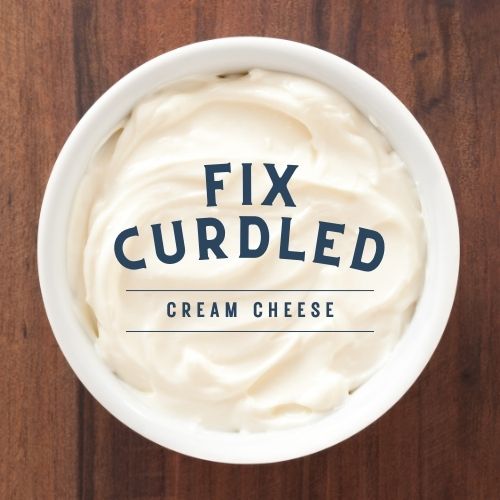
How to Fix Curdled Cream Cheese Is it Safe to Eat?
Mix the fresh cream into the curdled cream slowly. Use a wire whisk or turn the electric mixer to its lowest speed setting. Add additional fresh cream, 1 tablespoon at a time, if the mixture remains lumpy and doesn't immediately begin to smooth out. Continue to mix until the mixture is smooth and free of all graininess.

How to Fix Broken Swiss Meringue Buttercream
The way to avoid curdling in casseroles like scalloped potatoes is to bake them at a low temperature, such as 350 degrees Fahrenheit. When choosing the type of cream to use, opt for heavy whipping.

Why do people eat moldy cheese? 27F Chilean Way
Set your timer for 15 minutes, the timing trick will work every time, and you can continue with other steps until the timer goes off. 2. Use a spoon to scoop out as much of the curdled liquid as possible before proceeding with the rest of the steps. 3. Place the liquid into a medium saucepan over medium-high heat.
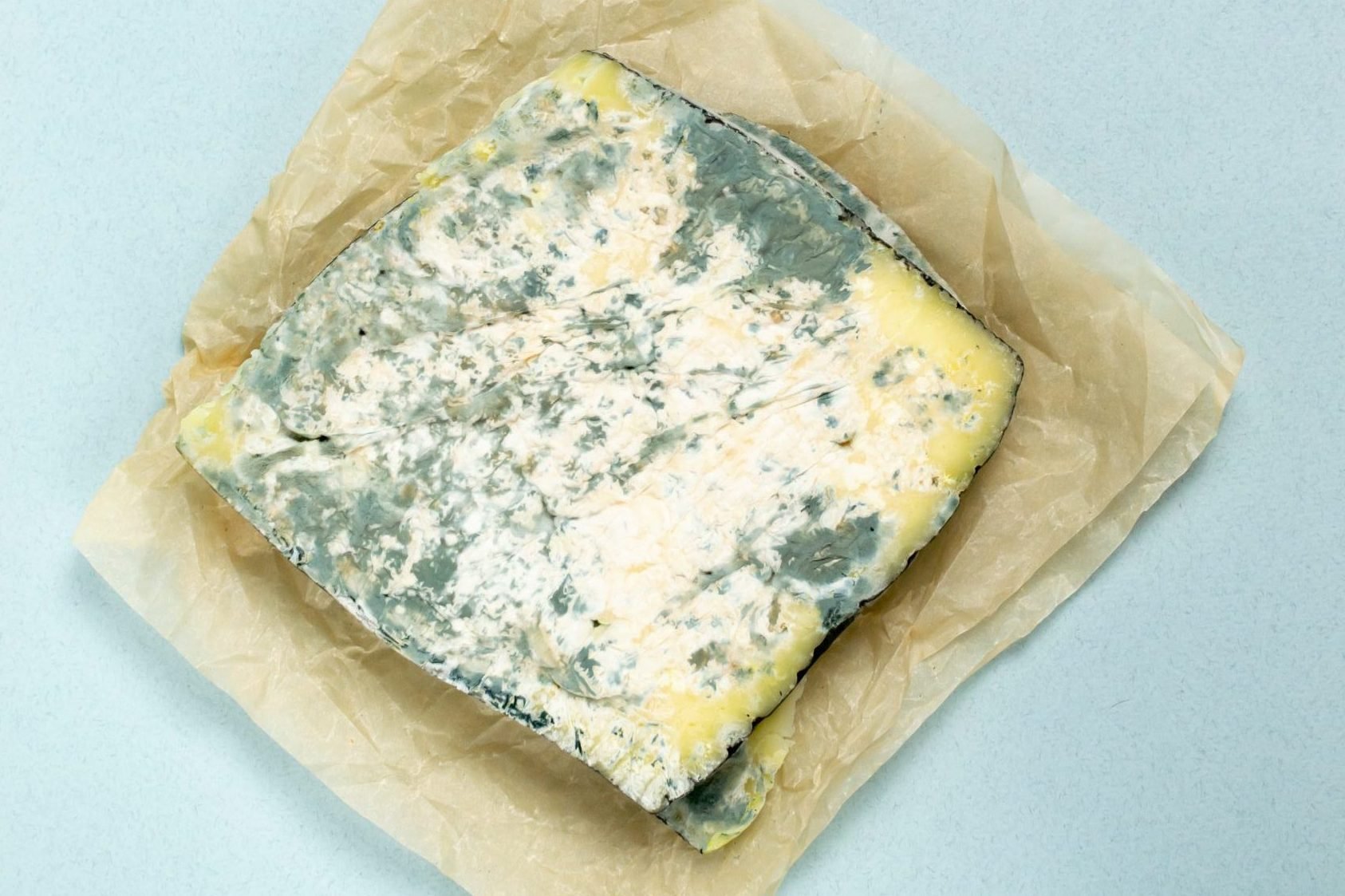
Can You Eat Moldy Cheese? What Happens If You Do?
Place the curdled cream cheese in a heatproof bowl and heat it over a double boiler or in the microwave for a few seconds at a time, stirring constantly. To prevent curdling in cream cheese frosting, beat the butter and cream cheese together until smooth before adding any sugar or other ingredients. When you eagerly spread cream cheese on your.
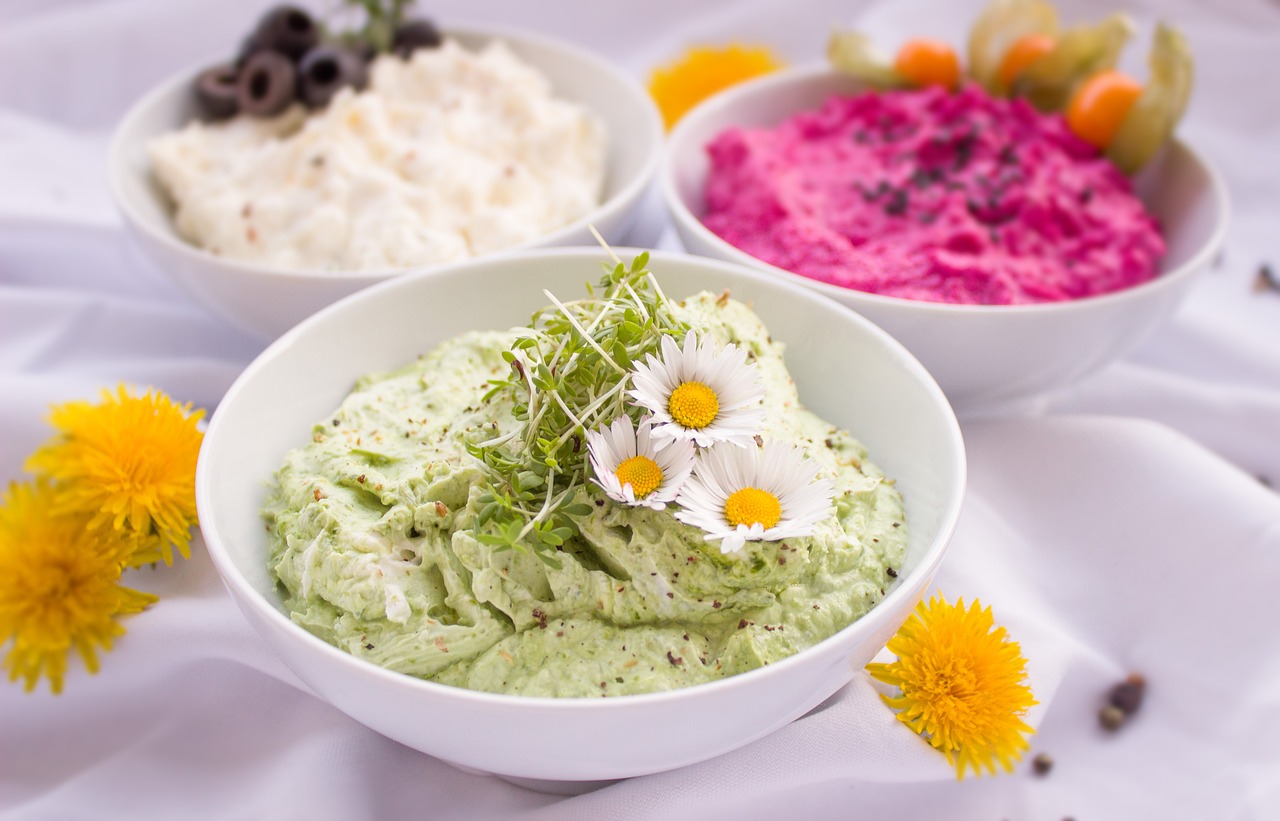
Is Curdled Cream Cheese Safe To Eat Safe To Eat Food
Take your pan off the heat and place it in an ice bath. Atomic Kitchen recommends adding an ice cube or two to your sauce to ensure it cools on the double. If the clumps are relatively few, you can pour the whole sauce through a sieve. Whisk the strained sauce vigorously to break up any tiny remaining lumps.

Here's our guide to raw milk cheeses in Australia
The good news is cream cheese curdling isn't dangerous to eat. It may not be ideal, but the presence of curds won't make you sick. In fact, a food microbiologist at the American Dairy and Food Institute says it's mixed reports whether or not curdled cream cheese has any negative effect on your health — and most people are going to be.

Is Curdled Cream Cheese Safe to Eat? Easy Tips for Homemade Delights
The good news is that it's totally safe to eat a broken or curdled sauce, as they pose no food safety issues. The bad news is that curdled sauces may be so off-putting that you, your family, or your guests, lose all interest in eating them. Dairy is prone to curdling because of its inherent makeup. Take milk, for instance, which consists of.

Is It Safe To Eat A Curdled Cream Sauce?
Prevent Milk from Curdling When You Cook It. Many sauce and soup recipes need to be reduced and thickened, which means gently simmering to achieve the desired consistency. With sauces and soups that contain milk, boiling or simmering can cause the milk to curdle. While curdled milk is safe to eat, it is not particularly appetizing.
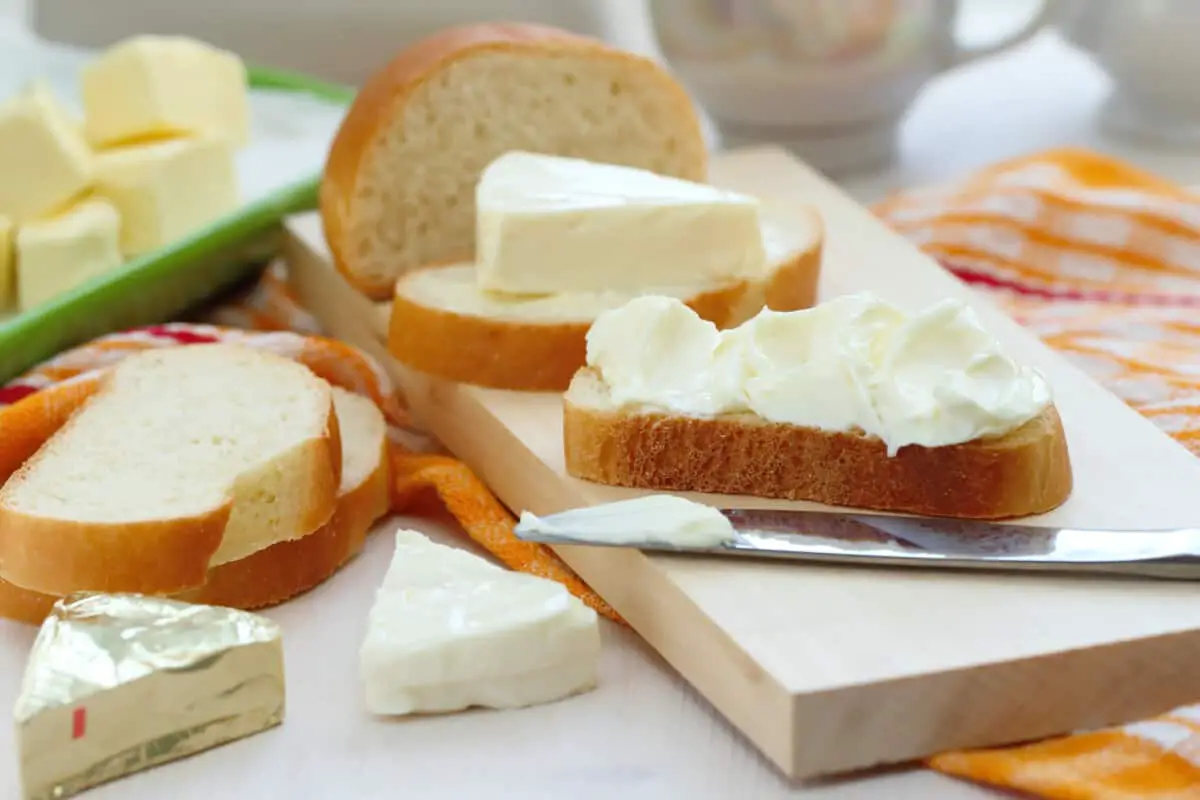
Is Cream Cheese Safe to Eat if Left Out Overnight? Cook for Folks
In conclusion, curdled cream cheese is a unique and indulgent cheese product. It is safe to eat, provided it is made from pasteurized cream, stored and handled correctly and purchased from a reputable source. If you are unsure about the safety of a cheese product, it is best to simply pass it up.

Cheddar Herb Beer Bread Truffles and Trends Best chocolate chip
Curdled cream cheese is still safe to eat if there are no signs of spoilage such as mold or an off smell. The curdling occurs when the cheese's proteins separate from the fats due to temperature changes or acidity levels. While you can still use curdled cream cheese in some recipes, it might not be ideal for certain dishes that require a.

Is Curdled Cream Cheese Safe to Eat? Easy Tips for Homemade Delights
Put the curdled cream cheese in a microwave-safe bowl, and heat it for about 20 seconds. Be sure to stir it well, so that the cream cheese is evenly distributed. If the cream cheese has been overheated, then you can try adding some cold cream or milk to the mixture. Mix it in well, and then reheat it in the microwave.

These Acids Are Less Likely To Cause Curdling Can Lime Juice Curdle
Here are some ideas: 1. Blend it Smooth. If the curdled cream cheese is still safe to eat but has an undesirable texture, you can try blending it in a food processor or blender to smooth out the lumps. This can be especially useful if you plan to use the cream cheese as a spread or in a frosting. 2.
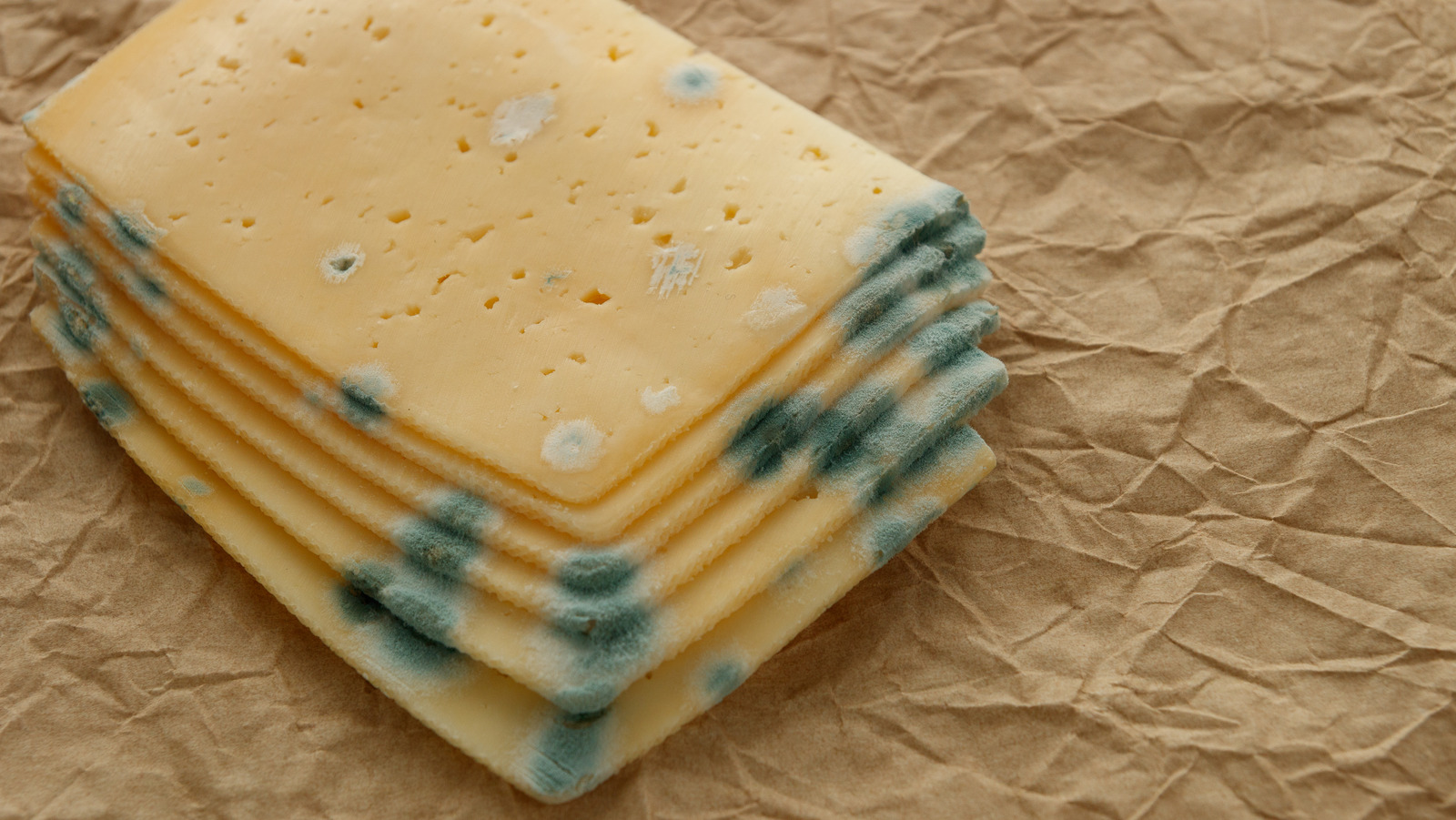
Is It Safe To Eat PreShredded Cheese If It Has Mold?
When cream cheese curdles, it can appear lumpy or separated, which can be off-putting to some. However, in most cases, curdled cream cheese is still safe to eat. One of the main causes of curdled cream cheese is overheating. When cream cheese is exposed to high heat, the fat and moisture can separate, leading to a curdled appearance.

Is Curdled Cream Cheese Safe to Eat? Easy Tips for Homemade Delights
Is curdled cream cheese safe to eat?Jul 4, 2019Once a sauce has curdled, it can be very difficult to return proteins to their original state.. Is curdled cream cheese safe to eat?Jul 4.

Is curdled cream cheese safe to eat? YouTube
Curdled cream cheese is a common occurrence in the kitchen. It happens when the cheese is exposed to high heat or acidic ingredients. It can also happen when the cheese has been sitting in the fridge for too long. When cream cheese curdles, it can be off-putting to look at and may have an unpleasant smell. This raises the question, is curdled cream cheese safe to eat? Many people are hesitant.

Gouda Vs Cheddar Cheese 4 Key Differences You Should Know Cheese
Preventing Cream Cheese Curdling: A Culinary Balancing Act 1. Gradual Temperature Changes: A Gentle Approach. When incorporating cream cheese into hot dishes, always temper it first by gradually adding small amounts of the hot liquid to the cream cheese, whisking continuously. This prevents sudden temperature changes that can cause curdling.